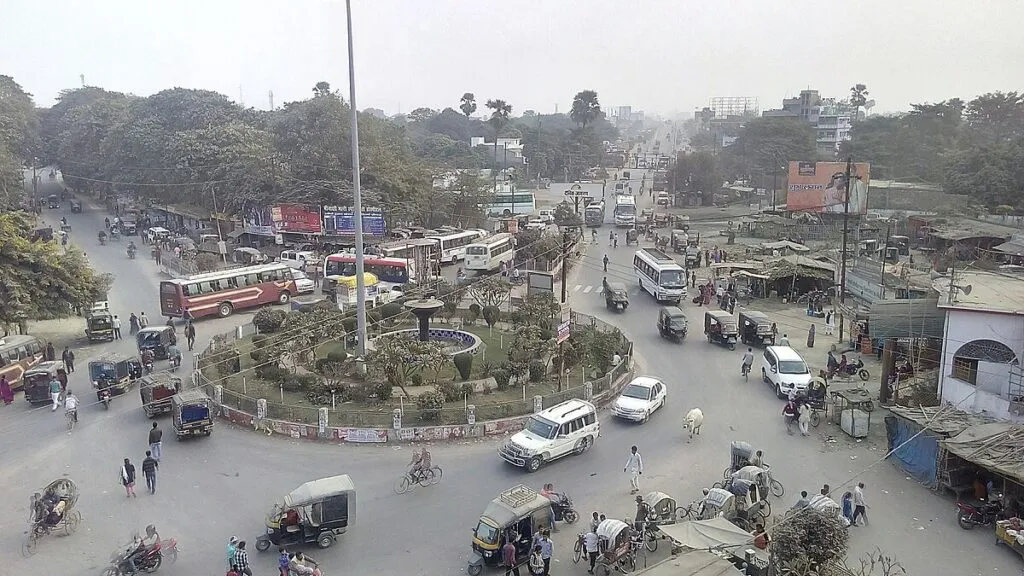
Muzaffarpur, often called the “Lychee Capital of India,” is a prominent city in Bihar that has steadily evolved, attracting families, students, professionals, and investors alike. But when it comes to day-to-day living, is Muzaffarpur actually a good place to live? This article explores Muzaffarpur’s lifestyle, infrastructure, growth potential, challenges, and what makes it unique as a place to call home.
Strategic Location and Connectivity
Muzaffarpur enjoys a strategic position in north Bihar, serving as a major commercial, agricultural, and educational hub for the region. The city’s connectivity is one of its clear advantages — with national highways and a vital railway junction, residents can easily travel to Patna, Delhi, Kolkata, and neighboring cities. Improved road networks make commuting within Muzaffarpur and to the outskirts much easier than before, and the city is also well linked via public and private bus operators, trains, and auto-rickshaws.
Housing and Affordability
One of the compelling reasons to move to Muzaffarpur is the affordability of living. Real estate prices remain significantly lower than those in metropolitan cities, while still providing a variety of housing options, including gated societies and modern apartments. New developments such as B N Plaza, Aditya Paras Mall, and Amar Jyoti Icon Residency offer amenities like parks, gyms, security, and shopping complexes within easy reach, catering to both families and working individuals.
Education and Healthcare
Muzaffarpur is known for its wide selection of schools, coaching centers, and educational institutions, making it attractive for students and families alike. Many reputed schools and colleges, along with specialized coaching institutes, have sprung up, especially in localities like Mithanpura, boosting the city’s academic reputation. On the healthcare front, Muzaffarpur houses a mix of government hospitals, private clinics, and specialized nursing homes, offering basic to advanced level medical services.
Economy and Opportunities
Traditionally an agricultural trading post, Muzaffarpur’s economy has diversified as commercial activity has grown. The city hosts several agro-based industries, retail centers, and an emerging service sector. While it isn’t a corporate hub on par with India’s metros, small businesses, local entrepreneurship, and retail have flourished. This steady development draws in job seekers, business owners, and skilled professionals.
Culture and Lifestyle
Residents enjoy a vibrant mix of traditions, festivals, and cultural programs throughout the year, underscoring the city’s historical roots and communal spirit. Being the heartland for Bihar’s famous lychee and a gateway to Mithila culture, Muzaffarpur prides itself on its unique cuisine, street markets, and a friendly, community-driven atmosphere. Many people find the pace of life more relaxed and fulfilling as compared to overcrowded metros.
Key Challenges
Ease of Living and Urban Infrastructure
Despite its progress, Muzaffarpur faces significant challenges in urban infrastructure and liveability indices. Recent national surveys have ranked the city low on ease of living, primarily due to issues like traffic congestion, encroachment, unplanned construction, and inadequate sanitation. Flood-prone drainage, poor water supply in some areas, traffic jams, and incomplete Smart City projects have further slowed infrastructure improvements.
Pollution and Environment
Air quality in Muzaffarpur is a point of concern, with reports indicating persistent air pollution that adversely affects health and reduces life expectancy. During certain months, the air quality index (AQI) frequently measures as “poor” to “hazardous,” especially during winter. Solid waste management, water pollution, and lack of green spaces in certain areas remain ongoing challenges.
Urban Poverty and Slums
Some neighborhoods continue to struggle with poverty, poor sanitation, and inadequate civic amenities. The presence of informal settlements and slums, often lacking access to safe water, sewage, and clean public spaces, reflects the city’s growing pains as it balances modernization with equitable development.
Is Muzaffarpur Right for You? Weighing the Pros and Cons
Advantages:
- Affordable housing and lower cost of living than metros
- Abundant educational options, especially for students and aspirants
- Strong community culture with festivals, food, and local traditions
- Central location in North Bihar with excellent connectivity
- Fresh produce, especially lychees and local cuisine
Challenges:
- Urban planning issues, traffic jams, and civic management gaps
- Seasonal pollution and environmental concerns
- Pockets of poverty and underdeveloped neighborhoods
- Health and wellness are affected by air and water quality
Muzaffarpur as a Place to Live
The answer to “Is Muzaffarpur a good place to live?” ultimately depends on what you value most. For those seeking affordability, education, cultural vibrancy, and a sense of local community, Muzaffarpur can be a rewarding place to call home. However, those prioritizing world-class urban amenities, robust public health systems, and strong regulation may find the city’s challenges difficult to overlook.
With government investment in infrastructure and smart city projects slowly picking up pace, Muzaffarpur has the potential for substantial improvement in the coming years. Anyone considering a move or investment should weigh both the advantages and areas for caution. For many, Muzaffarpur remains a city of hope, tradition, and emerging opportunities — a city that feels unmistakably like home even as it adapts to a changing future.
